Goldfish | Everything About The Popular Fish
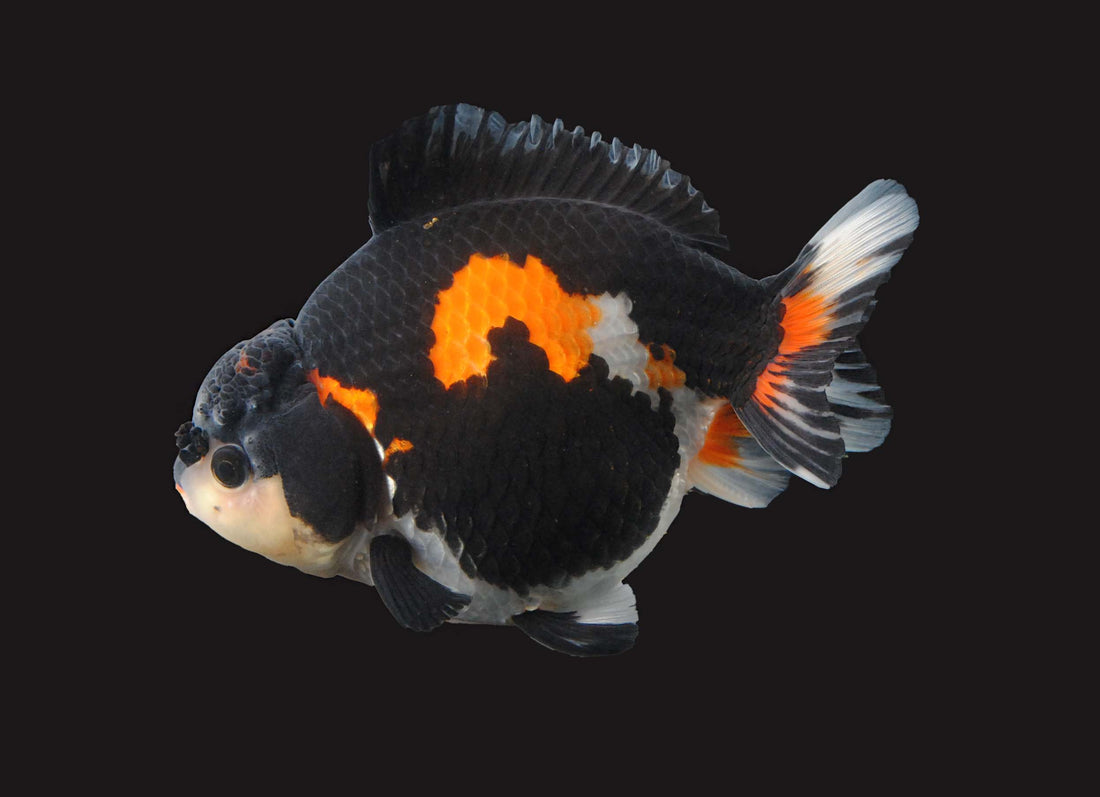
Contents
- 1- Overview
- 2- Where Does Goldfish Come From?
- 3- Goldfish Appearance
- 4- How To Know If Your Goldfish Is A Boy Or A Girl?
- 5- What Is Different Between Goldfish And Koi
- 6- How Many Types Of Goldfish?
- 7- How To Take Care Of Goldfish?
- 8- Tank Set Up For Goldfish
- 9- Set Up Filter For Goldfish Tank
- 10- Food And Diet
- 11- Where To Buy Goldfish Online?
- 12- Conclusion
-
13- FAQs
- 13.1- What is the lifespan of a goldfish?
- 13.2- Are goldfish aggressive?
- 13.3- Can I raise my goldfish in tap water?
- 13.4- How often do you change goldfish water?
- 13.5- Can goldfish withstand the winter?
- 13.6- Can I feed goldfish vegetables?
- 13.7- What is the best food for goldfish?
- 13.8- How do I grow my goldfish faster?
Overview
Today, let's talk about goldfish, those friendly little swimmers that brighten our aquariums and ponds! I'm here to spill the beans on everything you ever wanted to know about these popular fish.
In this post, I'll dive into their history, check out their colors and varieties, and, most importantly, talk about how to keep them happy and healthy. Now, grab a seat, and let's explore these cute fish together!
Where Does Goldfish Come From?
Goldfish have a rich history that traces back to ancient China. The selective breeding of the common carp, their wild ancestor, began more than a thousand years ago during the Tang Dynasty. These early efforts were aimed at producing colorful and ornamental fish.
Around the 17th century, goldfish made their way to Japan, and later to Europe in the 18th century. By the 19th century, they had gained widespread popularity in the West, especially in the UK and the US.
At those times, these fish were transported along trade routes and introduced to new regions as a form of art, decoration, and as pets. They were bred for various traits. As a result, we have many types of goldfish with colors and patterns today.
Goldfish Appearance

In fact, the appearance of goldfish varies between different types. However, there are common physical characteristics that help you distinguish them from other species:
Appearance

Regarding appearance, their coloration is one of the most notable features, which can include variations of orange, olive green, gold, red, or white. Interestingly, they don't have barrels on their upper jaw like other fish, and they have smooth heads without any scales. They also have big and protruding eyes.
Size-wise, they're usually around 5 to 8 inches long, but some turn into absolute giants, stretching to almost 2 feet and packing on a hefty 6 pounds! Their size largely depends on genetics, diet, and environmental conditions.
Body Shape And Fins
Typically, goldfish sport an elongated and stocky body. Looking at the back, you'll spot a long fin that runs down it (called the dorsal fin). It's got about 15 to 21 fin rays, which might sound fancy, but it's basically like their stabilizer wing.
Now, let's talk about tails! These fish have a tail fin that's split right down the middle. This characteristic helps them stay steady and swim fast.
How To Know If Your Goldfish Is A Boy Or A Girl?
If you don't have much experience raising goldfish, determining their gender is challenging when they're young. However, as they grow and reach the age of romantic interest, usually 1-2 years, some distinctions become more evident. At this time, you can easily differentiate them with the following characteristics:
1. Body shape
Males tend to be more slender and streamlined, while females are typically rounder and have a fuller body (especially when carrying eggs).
2. Fins
When it's breeding time in the spring, males sprout tiny white spots, called breeding tubercles, on their gill covers and pectoral fins. Also, ladies typically have a rounder anal fin, while guys have a more pointy and elongated one.
3. Anal vent (near their tail)
The anal vent is usually rounder and slightly larger in females since that's where they lay their eggs. Meanwhile, males have a smaller, oval-shaped one.
4. Behavior
During mating season, males get active and chase after females, trying to get them in the mood for love. Sometimes, you will see them show off with vibrant colors and mating dances.
What Is Different Between Goldfish And Koi
The most apparent distinction between Goldfish and Koi lies in their appearance. Goldfish are typically smaller (5-8 inches long), although some varieties can grow larger. Meanwhile, Koi are significantly larger, often reaching lengths of 1-3 feet or even more, with a more streamlined body shape.
Regarding habitat, goldfish are pretty adaptable. You can even keep them in small ponds or aquariums. Koi, though, are a bit more finicky. They need larger ponds and well-aerated water.
What about the lifespan? Well, goldfish are like the "live fast, die young" crew, typically around for 10-15 years. Koi, surprisingly, often pushes past 20-30 years or even longer.
How Many Types Of Goldfish?

You'd be surprised by how many goldfish types there are: over 200! Here are the ten most popular and mainstream types you'll find:
-
Common goldfish: These are the classic goldfish with an orange color.
-
Comet: Like common goldfish but with more flair in their fins.
-
Shubunkin: These have red, orange, blue, and black patches.
-
Fantail: These fish have double tail fins spreading out like a fan.
-
Oranda: Oranda goldfish have a fleshy bump on their noggins called a wen.
-
Ryukin: Humpy backs and come in lots of colors.
-
Lionhead (Ranchu goldfish): They've got the full-head wen and no dorsal fin.
-
Pearlscale: These fish have a textured, bumpy appearance due to their thick.
-
Telescope: They are known for their protruding eyes that telescope outward.
-
Jikin: Usually white with striking red or orange markings on their bodies, and their fins often feature a red margin.

These are just some of the main types of goldfish, and within each type, there are further variations and combinations of colors and patterns.
How To Take Care Of Goldfish?
If you are new to raising goldfish (or are planning to raise them), you must understand the standards for setting up the living environment and diet as well as their common diseases.
Tank Set Up For Goldfish
Goldfish grow relatively large and produce more waste than many other aquarium fish. So, you'll need at least 20-30 gallons for a fish, and each additional one will require an extra 10-20 gallons. Remember to plan for a spacious tank in advance to accommodate their growth.
Regarding temperature, goldfish are comfortable between 65-75°F (18-24°C). You should also use air stones or surface agitation to ensure a good oxygen supply because goldfish prefer well-oxygenated water.
Want some decorations? Goldfish like their digs with hiding spots and a bit of décor. Just make sure anything in there is fish-friendly with no sharp edges.
Set Up Filter For Goldfish Tank

You will need a powerful filter to keep the water clean and healthy. For goldfish, I recommend a canister filter or a sponge filter. But what about the filter size? Make sure it's rated for a bigger tank than you have because over-filtered is better than under-filtered.
Before introducing your fish, remember to cycle the filter. This means establishing beneficial bacteria that break down ammonia and nitrites. You should add an ammonia source (like fish food) and let the filter run for a few weeks.
And don't forget to test the water regularly. Maintain low or no ammonia and nitrite, low nitrate (below 20 ppm), and a pH of 7.4-7.9. Fish like stable conditions!
Food And Diet

The easiest option for goldfish food is commercial pellets (you can easily find them at your local fish supply store or online). But don't stop there; variety in diet is vital. You should add some live or frozen treats like brine shrimp, daphnia, or bloodworms to mimic their omnivorous tendencies. Veggies are also on the menu; try blanched peas, zucchini, or lettuce.
Remember, don't overfeed! You must keep portions small, feeding 2-3 times a day, but only what they can consume in 2-3 minutes.
Disease Prevention
So, goldfish can sometimes catch a few common fishy diseases like Ich (white spot disease), fin rot, or dropsy. But no worries, you can prevent these troubles!
First, keep their home sweet with regular water changes and a good filter. Also, ensure the water temperature doesn't go haywire and don't crowd the tank.
When you bring new fish into the mix, give them a quarantine period in a separate tank to check for health issues. Besides, keep an eye on their behavior; if they're acting funky, it might be time for fishy healthcare.
Goldfish Breeding
The process of breeding goldfish is not as easy as many people think. To have a healthy new litter of goldfish, you must create an ideal environment for the male and female during fertilization. Typically, a breeding process includes the following steps:
1. To start, you need a separate breeding tank, well-filtered and with the right conditions, including a substrate for egg attachment and hiding spots.
2. Trigger the breeding season by simulating temperature changes and providing a nutritious diet.
3. In spawning, you'll see the male chase and nudge the female until she releases her eggs, which the male then fertilizes.
4. Once the eggs are laid, remove the adult fish to prevent them from eating the eggs. Then it's all about water quality and good grub for the little ones.
Where To Buy Goldfish Online?
Tropicflow is your go-to spot to buy goldfish! We take pride in curating the finest selection of high-grade goldfish, ensuring you receive top-quality aquatic companions.
We understand buying fish on the internet can be a bit nerve-wracking. That's why we've got your back with a rock-solid 100% Dead-on-Arrival guarantee on all our fish. So, please rest assured to buy fish at Tropicflow!
Conclusion
And there you have it! We've covered everything there is to know about goldfish, from their rich history to their various types and colors and how to care for them.
I hope this journey helps you give these little swimmers the best home possible. And if you are looking for some goldfish for your pond, contact Tropicflow.
FAQs
What is the lifespan of a goldfish?
The lifespan of a goldfish varies but typically ranges from 10 to 15 years. In optimal conditions, some can live even longer, sometimes up to 20 years or more.
Are goldfish aggressive?
Goldfish are not naturally aggressive but can become competitive over food or territory. So, you should provide adequate space and avoid overcrowding.
Can I raise my goldfish in tap water?
Yes, you can. But you must remove chlorine and chloramine from the tap water. I recommend using a water conditioner to dechlorinate tap water before adding it to the tank.
How often do you change goldfish water?
Typically, you need to change 10-20% of the water every 1-2 weeks to help maintain good water quality and keep your goldfish healthy.
Can goldfish withstand the winter?
Yes. Goldfish can survive the winter by staying less active at the pond's bottom, where the water maintains a consistently cold temperature. In other words, they enter a state of dormancy, conserving energy until the warmer months.
Can I feed goldfish vegetables?
Yes, you can. Goldfish enjoy blanched peas, zucchini, lettuce, and spinach as occasional treats. These provide essential fiber and nutrients.
What is the best food for goldfish?
The best food for goldfish includes high-quality commercial pellets with minimal fillers and high protein content like Hikari Goldfish Food. You should also supplement their diet with live or frozen foods like brine shrimp, daphnia, and bloodworms for variety and optimal nutrition.
How do I grow my goldfish faster?
To help your goldfish grow faster, my tips are to ensure they have a spacious and well-maintained tank, provide a varied and balanced diet, and maintain excellent water quality.
No comments

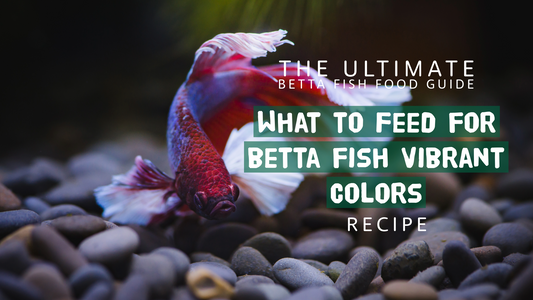
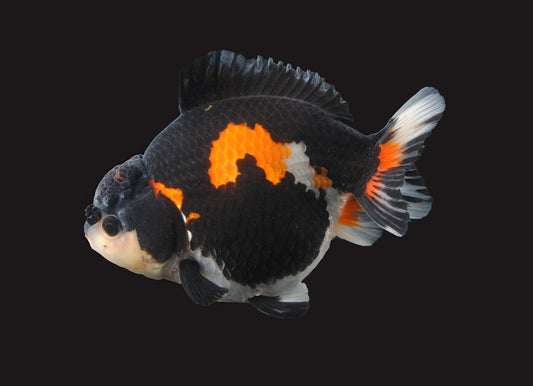
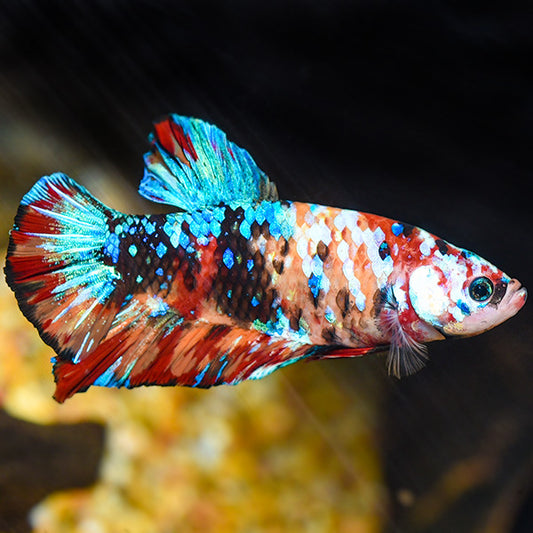
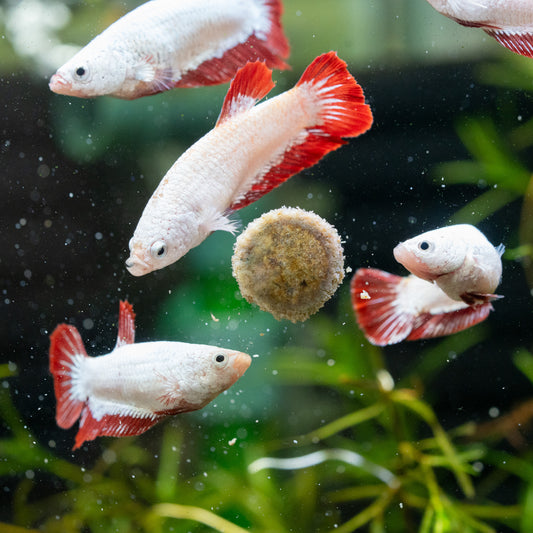
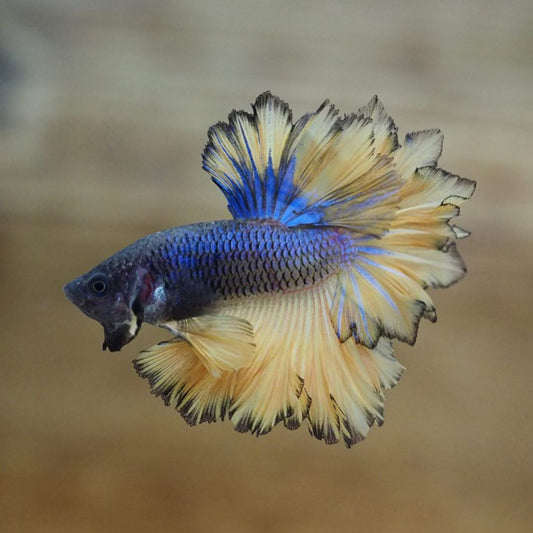

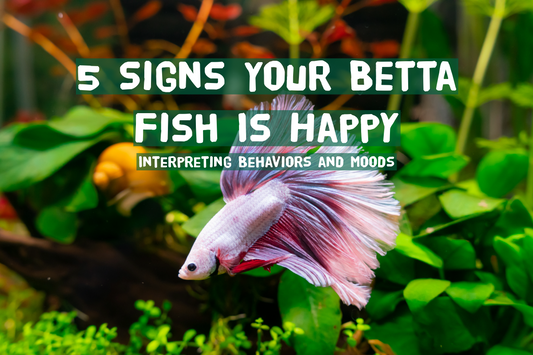
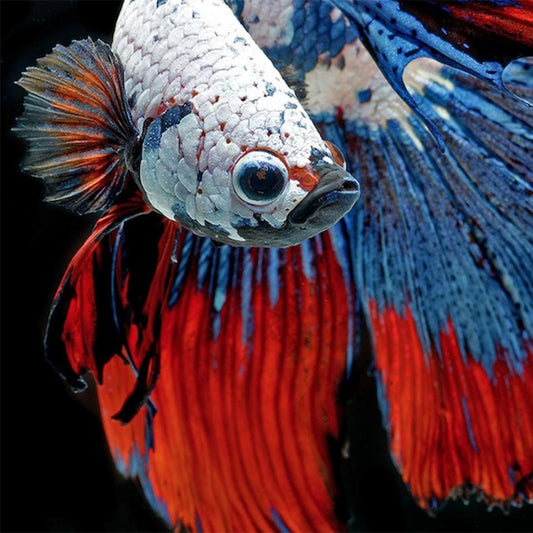

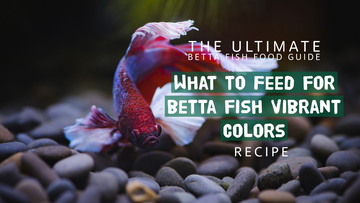
0 comments